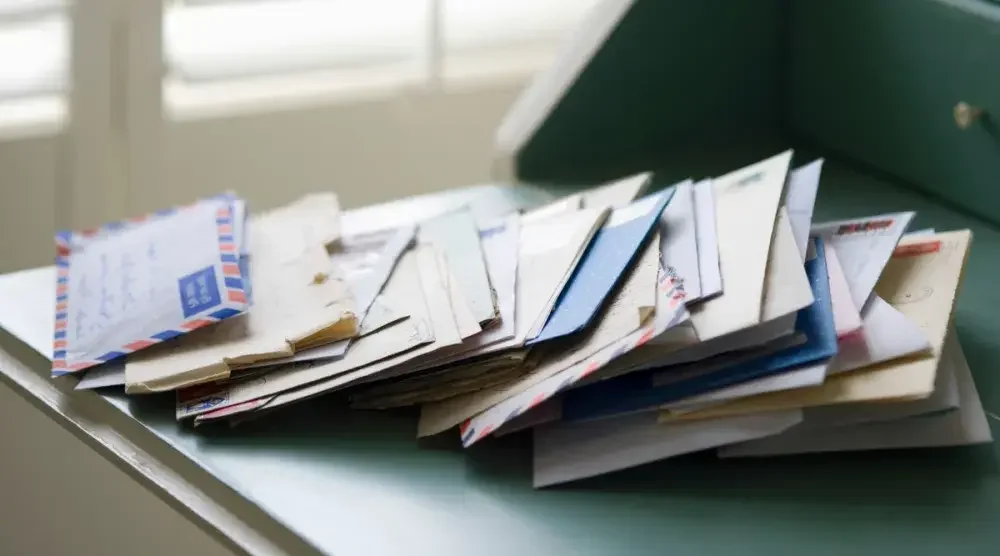Postal codes are a series of letters and/or numbers that are used to identify the geographic locations for your mail delivery. However, the United States Postal Service (USPS) will only use a series of numbers called ZIP codes. Postal codes have been used for many generations to improve mailing efficiency. Today, modern mail continues to reap the benefits of the postal code program that supports the sorting and delivery of our mail.
To enjoy the advantages postal codes provide, it is important to double-check for the accuracy of the postal code to ensure a timely and correct mail delivery. As some would say, “the quicker, the better” and “it’s better late than never” are two catchphrases that certainly apply to our modern-day mail process.

What are postal codes, and how do they work?
Postal codes and ZIP codes are a form of communication that provides added information to direct your mail. This streamlines the sorting and delivery of your mail by dividing larger regions into smaller, more manageable areas. For instance, the U.S. uses a series of five digits that are most commonly identified as ZIP codes, which stands for the Zoning Improvement Plan.
Each digit represents a specific region that simplifies the mailing process by pinpointing the exact location. For mailing purposes, the United States Postal Service (USPS) divided the U.S. into multiple postal districts to keep broad geographical areas organized. These range from zero to nine postal zone numbers for the first digit. For instance, the East Coast and West Coast will not share the same first digit because they are located in separate postal zones.
The following two digits are postal district numbers that represent the specific region or city within the group of states, and the last two digits represent the post office or place of delivery. Although postal codes may look different in various parts of the world, their function remains the same. In some cases, depending on the country, you may come across postal codes that use numeric and alphanumeric codes that were designed to communicate information to their postal service.
For example, the United Kingdom uses alphanumeric post codes and the United States uses numerical ZIP codes:
UK postal address
Leona Applewhaite
444 Chapel Hill
Heswall
BOURNEMOUTH
BH1 1AA
U.S. address and ZIP code
Audrey Applewhaite
222 Priest St.
Brooklyn, NY
11111
Due to the complexity of international mail, the Universal Postal Union (UPU) was established in 1874 to oversee and promote quality service while reinforcing set rules for the continuous growth of international mailing. Today, the UPU has over 192 member countries.
What is a billing postal code?
Besides mail delivery, postal codes are also used for online purchases to enhance the security of your transactions by verifying your billing address. This is especially important for credit card purchases that do not require a personal identification number (PIN). In this case, your postal code will act as your “pin number” or form of identification to help combat theft.
If you made a purchase using a credit card at your local grocery store, you will likely show proof of identification using an ID card, However, online merchants are unable to retrieve this information during online transactions. So, if your card is stolen, typically, only the cardholder will have access to the billing postal code and address. This may minimize unauthorized purchases and the likelihood of success for criminals.
Now, mistakes can happen, like forgetting your billing ZIP code, but thankfully, there is an easy way to find it. To locate your billing address and ZIP code, you can look at one of your billing statements, which can be accessed online. However, if you’ve recently relocated, it’s important to update your billing address and ZIP code with your bank and credit card companies.
What is my ZIP code?
Many of us have memorized our ZIP code by heart almost as well as we would remember our birthdates. However, what happens if you relocate or want to send mail? There are various methods you can use to find a postal code so your mail can reach your delivery point on time.
Government postal services and online search tools
Many postal services offer tools that allow users to find ZIP codes based on an address. For example, USPS provides a ZIP Code Lookup tool for U.S. addresses on the USPS website. You can conduct a quick search using the address, city, state, or ZIP code within the surrounding area. You may also use the USPS Address Information lookup (AIS), an interactive application that allows you to print or view the city, state, address, ZIP code, country, and delivery statistics.
Maps and navigation apps
There are plenty of navigation apps like Google Maps that can help users identify their postal code with location searches. Regardless of your current location, by inputting an address into the Google Maps search bar, Google will generate a list of addresses that will reveal the exact location’s ZIP code. This tool comes in handy, especially when using a GPS for trips to unfamiliar areas.
FAQs
What are the four digits after a ZIP code?
In 1983, the USPS added ZIP+4 codes to further enhance delivery accuracy as the volume of mail increased with the growing U.S. population. To keep up with the challenges of the skyrocketing demand, the USPS added four more digits to improve precision and speed, forming the nine-digit ZIP codes we see today. The last four digits narrow down the location with a series of numbers that represent the specific street, building, or group of homes.
Can two areas have the same postal code?
Absolutely! Both postal codes and ZIP codes can cover multiple locations. For example, Bushwick, which is a small neighborhood in Brooklyn, NY, shares many ZIP codes with Bedford-Stuyvesant. This means that a ZIP code like 11221 can be shared between both areas, which is common in large cities.
Is a postal code the same as a ZIP code?
ZIP codes are a type of postal code strictly used in the United States. However, postal codes are used internationally. Additionally, it is easy to pinpoint the key differences between a postal code and a ZIP code. ZIP codes only use a series of five to nine numbers, whereas postal codes may use a combination of numbers and letters to help pinpoint locations.
Where did ZIP codes come from?
In 1963, Robert A. Moon, a postal service worker, came up with an idea to streamline the mailing process by using ZIP codes. According to The Library of Congress, the amount of mail deliveries increased with the population boom after WWII. Additionally, several postal service workers were drafted into the war, causing an extreme shortage of workers in the U.S. In contrast, others credit the sudden demand to the WWII economic boom, which jumpstarted modern consumer culture through direct mail marketing and expanded sprawling suburban developments with individual mailboxes.
Theories aside, it was clear that our process for mail sorted needed a revamp. The invention of ZIP codes has allowed post offices across the country to send and receive mail in a zip—faster than ever before!

